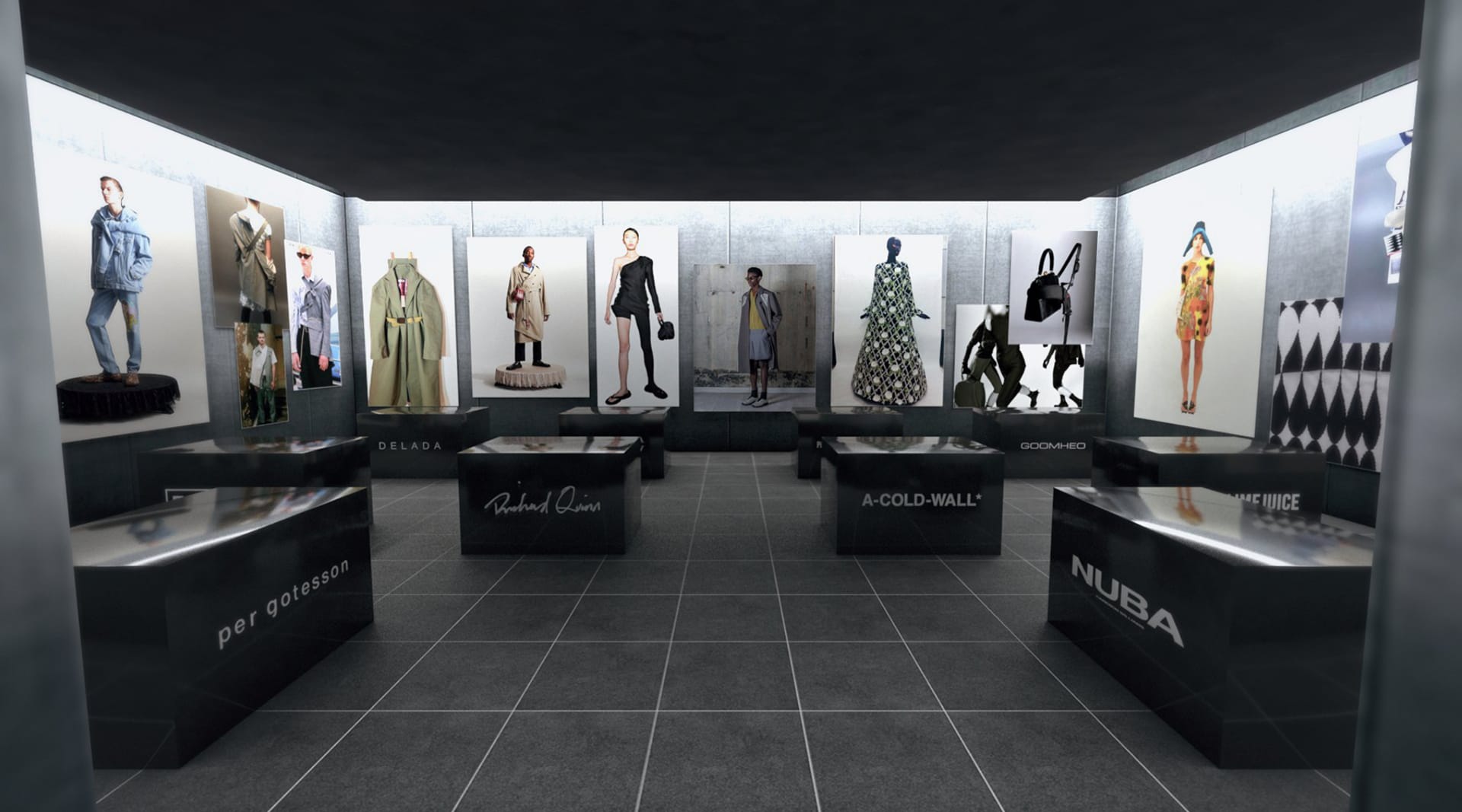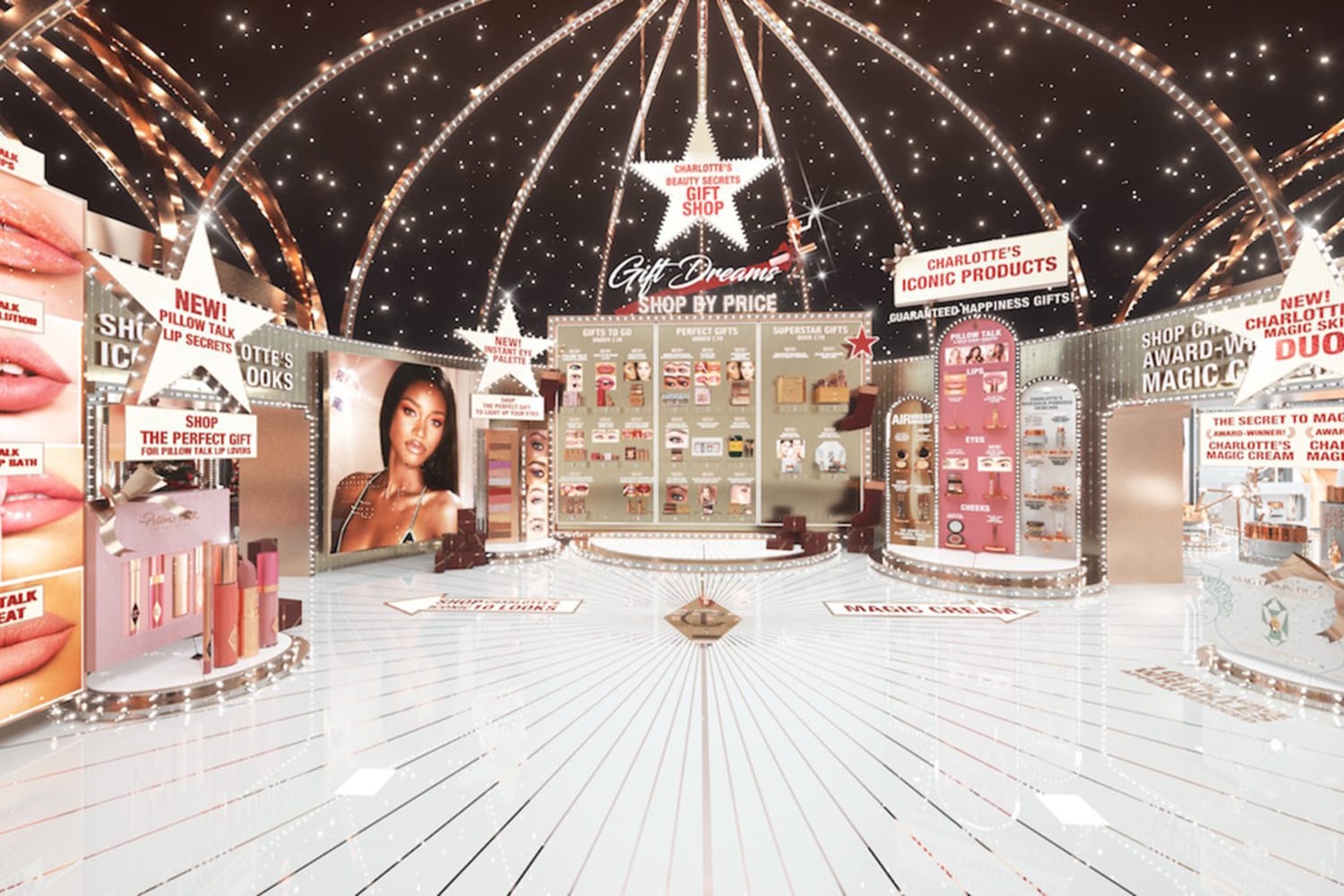Augmented and virtual retail is not new. We first predicted the rise of omnichannel retail five years ago in our Frontier(Less) Retail report, and more recently highlighted augmented retail as a key trend for 2020.
But pandemic shockwaves have jolted the category into overdrive, signaling new growth and opportunities for brands. The augmented reality market in retail, commerce, and marketing is expected to surpass $12 billion in 2025, according to February 2021 estimates from global tech market advisory firm ABI Research. Now, big-name brands are breathing new life into ecommerce with sophisticated immersive spaces—accelerating innovation in virtual retail and bringing it into the mainstream.
Read on for an updated look at how augmented boutiques, enhanced browsing functionality and interactive elements are upleveling ecommerce from functional to fun.





